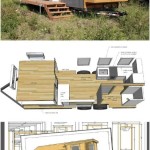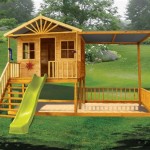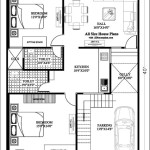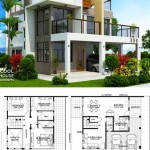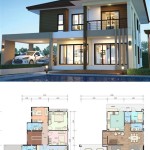Essential Aspects of House Plans on a Hillside
Building a house on a hillside presents unique challenges and opportunities for architects and homeowners alike. Here are some essential aspects to consider when it comes to house plans on a hillside:
Site Assessment and Orientation:
Before designing a house, it's crucial to conduct a thorough site assessment, including a topographical survey and geological analysis. The orientation of the house should maximize natural light, views, and minimize exposure to strong winds or inclement weather.
Foundation and Structural Design:
The foundation requires extra reinforcement due to the uneven terrain. Pier and beam foundations, retaining walls, and reinforced concrete can help distribute the weight of the house and prevent structural damage.
Grading and Drainage:
Proper grading ensures proper water flow and prevents erosion. Retaining walls can be used to create level areas for the house and driveway. Adequate drainage systems, such as gutters, downspouts, and French drains, are essential to prevent water accumulation.
Terracing and Step-down Design:
To accommodate the sloping terrain, consider using terraces or step-down design. This creates multiple levels of living space, providing ample room for gardens, patios, or decks.
Energy Efficiency and Passive Solar Design:
Hillside homes can take advantage of passive solar design by orienting them towards the sun to minimize heat loss in winter and maximize natural light. Additionally, utilizing energy-efficient building materials and systems can reduce energy consumption.
Access and Circulation:
Accessibility is a key concern on a hillside. Plan for multiple access points, such as driveways, stairs, or a combination of both. Ensure that pathways and steps are well-lit for safety.
Aesthetic Considerations:
Hillside homes offer unique design opportunities to blend with the surrounding landscape. Architects can incorporate elements like stonework, natural wood, and expansive windows to complement the natural beauty of the site.
Additional Considerations:
Other factors to consider include landscaping and vegetation, which can help stabilize the site and enhance privacy. Local building codes and regulations specific to hillside construction should also be adhered to.
In conclusion, planning a house on a hillside requires careful consideration of the site's characteristics, structural design, and aesthetic appeal. By addressing these essential aspects, architects and homeowners can create unique and harmonious homes that embrace the challenges and opportunities of hillside living.

Hillside House Plans With Garages Underneath Houseplans Blog Com

Hillside House Plan Modern Daylight Home Design With Basement

Plan 012h 0047 The House

Plan 012h 0012 The House

The Architect Split Level House Built On Steep Slope Description From Kathabuzz Co Into Hillside Architecture Unique Plans

Hillside House Plans Home Floor And Designs

Hillside Plans For A 3 Bedroom Vacation Or Year Round Home

Build On A Steep Slope Turkel Design

Hillside Plans For A 3 Bedroom Vacation Or Year Round Home

Plan 51696 Traditional Hillside Home With 1736 Sq Ft 3 Be

